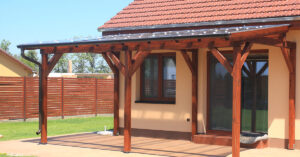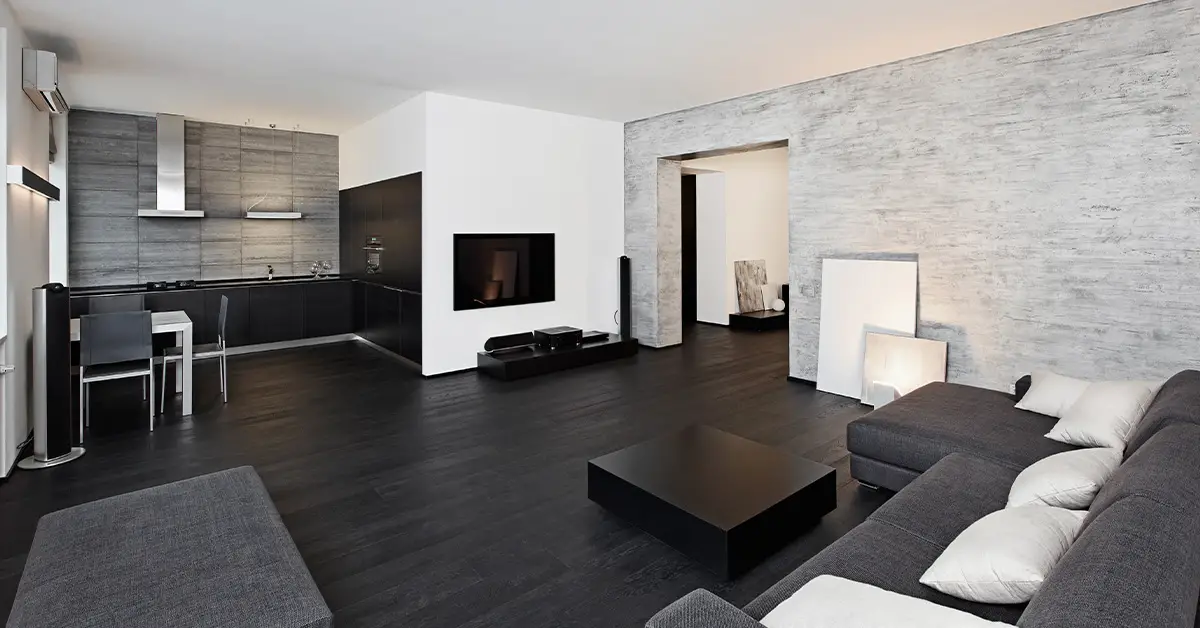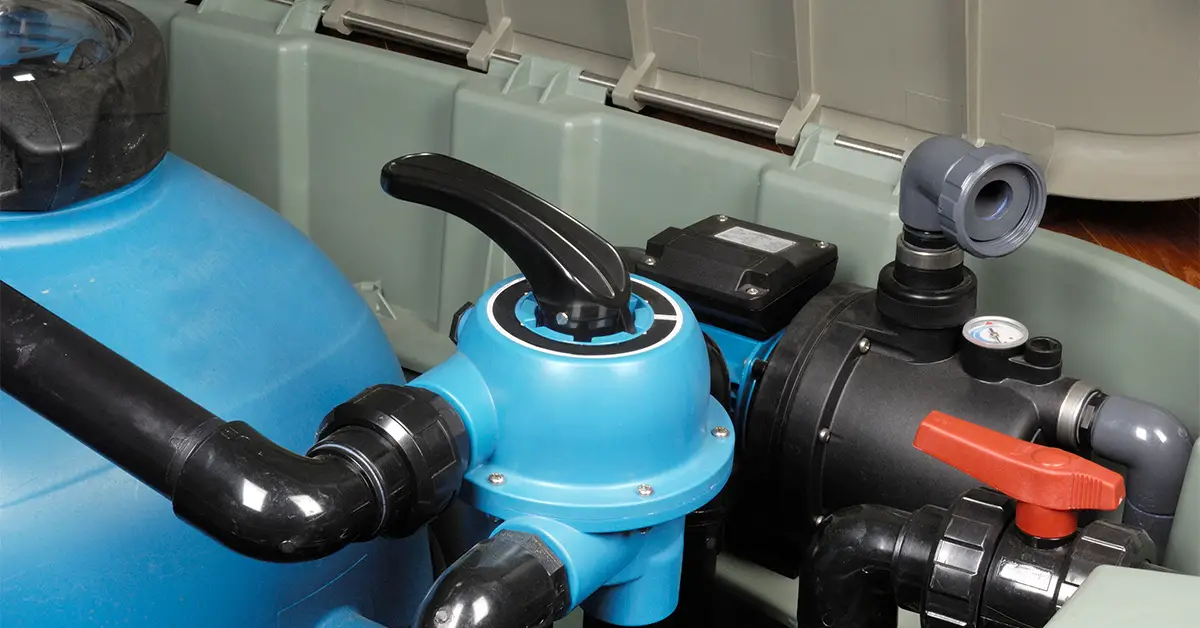When you move into your new apartment, one of the first things you will want to do after unpacking is connect to the outside world. This means getting back on social media, checking out your email, taking selfies, or googling the best pizza near you. A few apartments come with pre-installed internet that you can easily connect to, but what about individual connection.
Can I get my own internet in an apartment? Yes, you can get your own internet connection in your apartment! You have the option to use your apartment’s preferred internet service provider or your own ISP.
If you want to learn more about connecting to your own private apartment WiFi, keep reading below! In this brief article, we will go over how to set up your own personal WiFi and other important internet information! We will also provide you a resource for more tips about improving your home and WiFi!
Do I Need to Use My Apartment’s Internet?
No! Although most apartment complexes either include internet in your monthly rent or have an open connection readily available, it is best to get your own internet. When you use your apartment’s open WiFi connection, you risk sharing your information with a bunch of strangers.
A few apartment buildings do bundle internet into rent, which puts everyone on an easily accessible network. The connection can be open, which means anyone with a device can connect to the WiFi.
Other apartment buildings have WiFi that is only accessible with a WPA2 password. Although the connection with the WPA2 password may be “safer,” there is a chance that someone could still hack into the WiFi and take your information.
- Related reading: Tips on Setting up a Home Office
Can I Get My Own Internet in an Apartment?
Can I get my own internet in an apartment? The short answer is yes! As mentioned earlier, you can get your own private apartment WiFi.
Most apartments have their own preferred internet service providers, but you also can add your own internet service provider. If you decide to pick your own provider, make sure that they can set up at your apartment.
Some providers may need to add lines that can possibly damage the apartment’s landscaping. Ensure that you check in with the property management to see if they allow your provider.
How to Set up Internet in Your Apartment
Setting up the internet in your apartment is extremely easy. You can set up your internet in as few as four easy steps!
1. Choose Your Internet Provider
The first step in getting internet in your apartment is selecting your preferred internet provider. There are six different types of internet service providers for you to pick from.
Digital Subscriber Line
A digital subscriber line, also known as DSL, is a type of service provided by your local phone service company. This type of connection brings the internet into your home through telephone lines. DSL allows you to use the internet and take phone calls at the same time.
Cable Broadband
Cable broadband is similar to DSL. Cable broadband offers you internet through the local cable company.
Fiber Optic Broadband
Fiber optic is a type of internet offered through your local internet providers. Fiber optics can be provided by your cable company as well. This type of internet transmits data by sending light along thin glass fibers.
Wireless Internet
Wireless internet is one of the more popular choices of internet connection. Most cell phone companies offer this.
Satellite
Satellite companies offer connections through companies like DISH. Your local internet provider can provide this option for you if you would like.
Dedicated Leased Line
A dedicated leased line is a fixed bandwidth connection that is only dedicated to you and your internet connection. This type of connection is quite expensive and is more prevalent among larger companies with employees who need internet access to do their jobs.
Looking for your internet provider may seem overwhelming, but there are a few sites you can use to help narrow down the search. Websites like allconnect.com or highspeedinternet.com use your zip code to help search for the best apartment internet provider.
2. Installation and Set Up
Depending on the type of internet service your purchase, the type of router you receive can differ. Even though this device is often referred to as a “router,” the technical name for the device is a “modem.”
The router technologies used for DSL modems include VDSL or ADSL. ADSL and VDSL are data transfer technologies that work over the phone lines. The input ports on those routers include a phone port that you will use to plug in the phone jack from your house.
Fiber optic internet connection modems include data transfer technology.
Certain companies allow you to purchase your own modem to avoid paying the monthly rental fee for the modem they provide you. If you are unsure how routers work, it is best to let your internet service provider walk you through the process to ensure a proper connection.
Once you receive your modem, make sure you place it near the port in your house that provides the internet service connection. This may be near a phone outlet, cable outlet, or near the window.
When you locate the area, connect that port to your modem. Your modem should also have an added power adapter that you will need to connect to the modem so you can turn it on. Once the modem is powered on, you can work on connecting the internet to your devices.
3. Connect the WiFi Router
Now that your modem has power, you will need to work on connecting to the internet. Most modems have built-in WiFi routers to produce an internal WiFi network. If your modem does not have that capability, you will need to reach out to your internet service provider to see if you need a secondary WiFi router to connect to the modem.
4. Connect Your Devices to the Internet
There are two different ways you can connect your devices to the internet. You can either connect through an ethernet cable or a wireless network connection.
How to Connect Wirelessly
If you have a Windows 10 PC or laptop, you can click on the wireless connection icon on the lower right corner of your taskbar. This menu should display all the available networks nearby. Your modem should also have a sticker on the side of it saying the name of the network.
If the sticker is not on the modem, check out the box it came in for that information. If you still are unable to find the name of your network, reach out to your internet service provider for additional help.
Once you find your network, click on it, and then click connect. It will ask you for a password.
That password will be on the modem or a preset password provided to you by your internet provider. Once you enter the password successfully, you are now connected!
Wired Connections
To connect with an ethernet cable, plug one end of the cable into the ethernet port on your laptop or desktop computer. You will then want to plug the other end into one of the ports on the back of the router. Once you connect the two plugs, you will have an instant internet connection.
Best Apartment Internet Provider
There are so many great internet providers out in the United States for you to use, but which are the best? If you want fiber optic internet, AT&T’s Fiber Internet 300 is one of the best fiber internet plans for your apartment.
For a speed of up to 300 Mbps, you can pay around $35.00 a month! If you are someone who works from home or conducts Zoom meetings, you will want to go for fiber optic internet.
If you want to use a cable provider, Xfinity usually has some great deals. You can still receive high-speed internet, at around 100 Mbps or more, at an affordable rate. Xfinity offers different rates depending on the speed you want. You can expect to pay approximately $30 or more a month.
Get Connected Today!
Now that the question, “can I get my own internet in an apartment?” is out of the way, let’s get you connected! Connecting to the internet is not only necessary if you work from home, but it also connects you to friends and family.
If you want to learn more tips and tricks about apartments, check out our blog today! We have compiled tons of relatable information to help improve your home!







